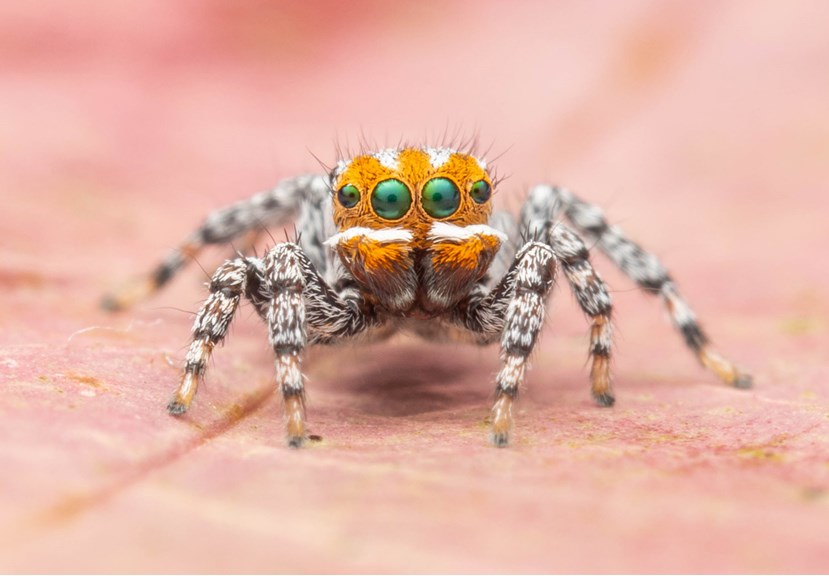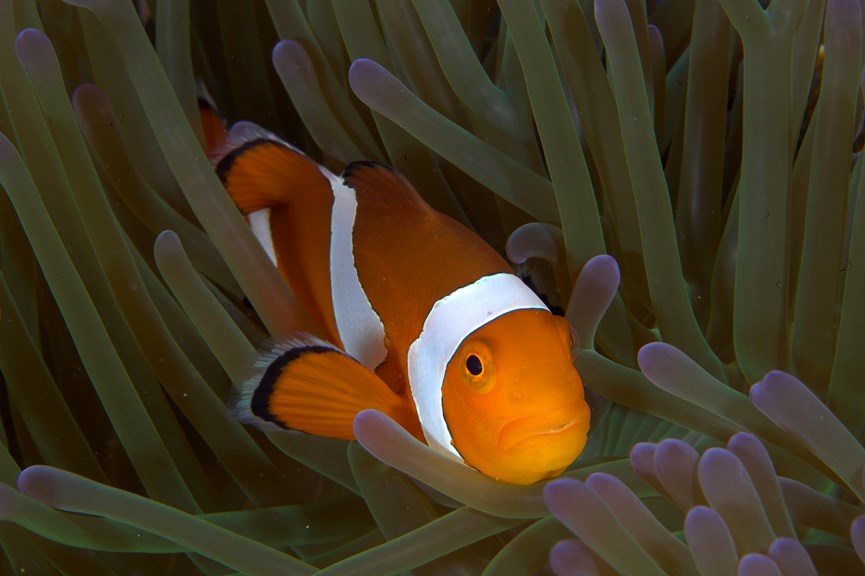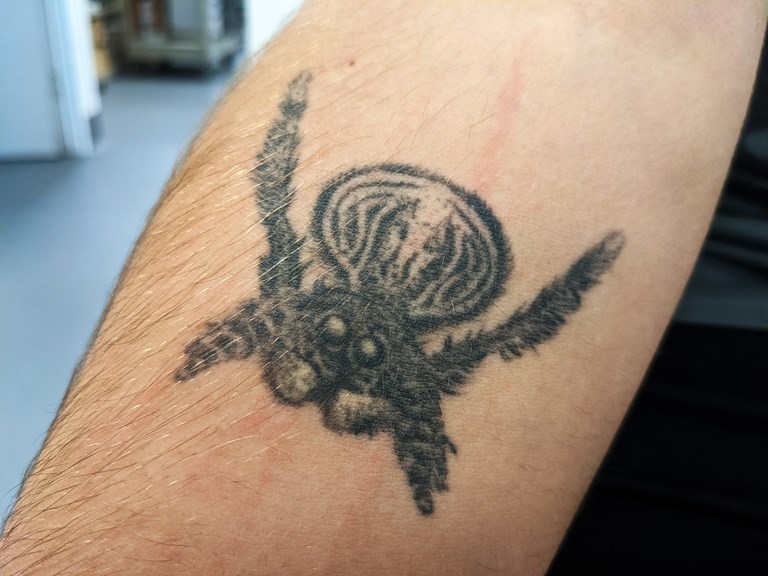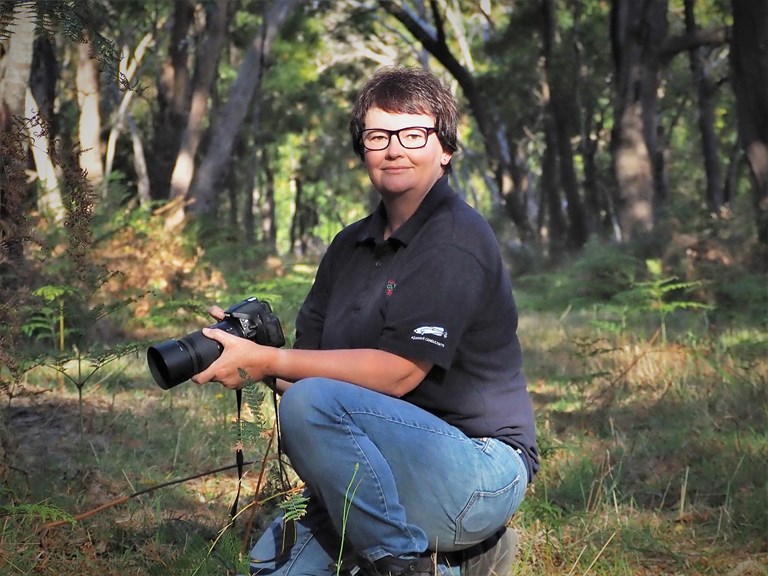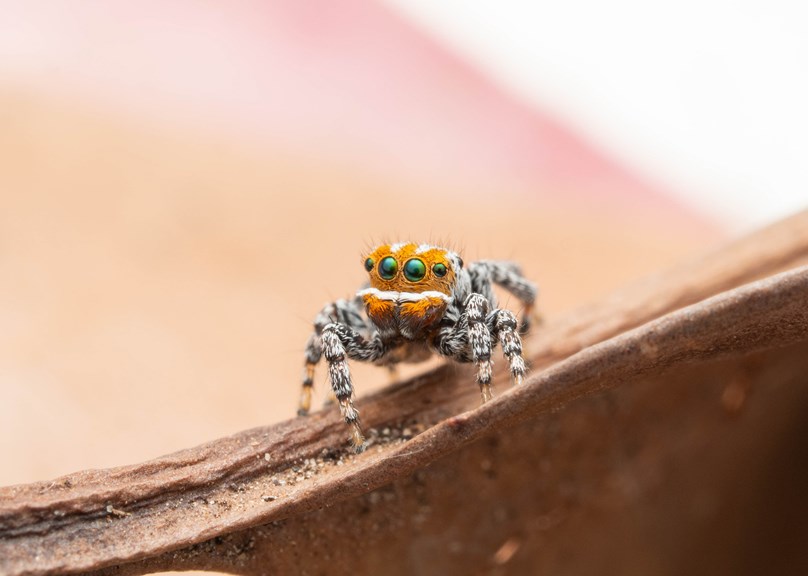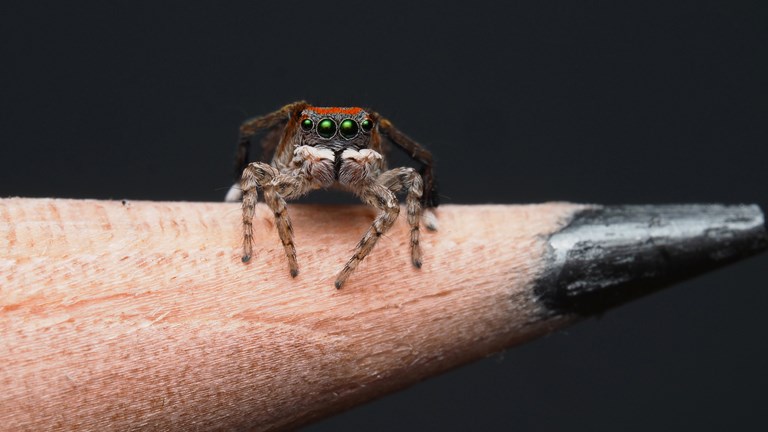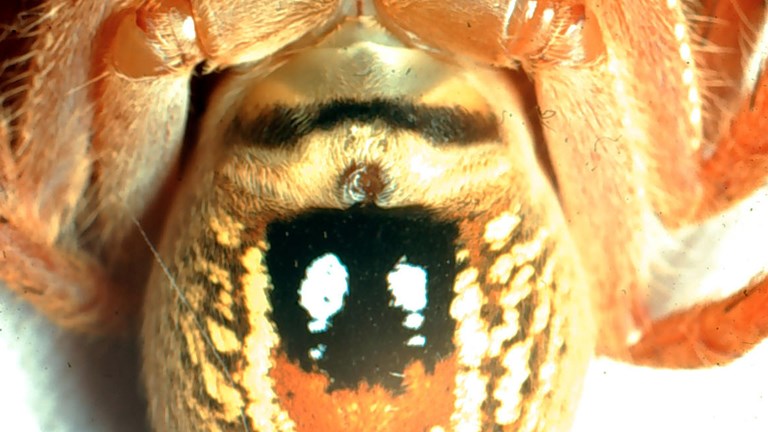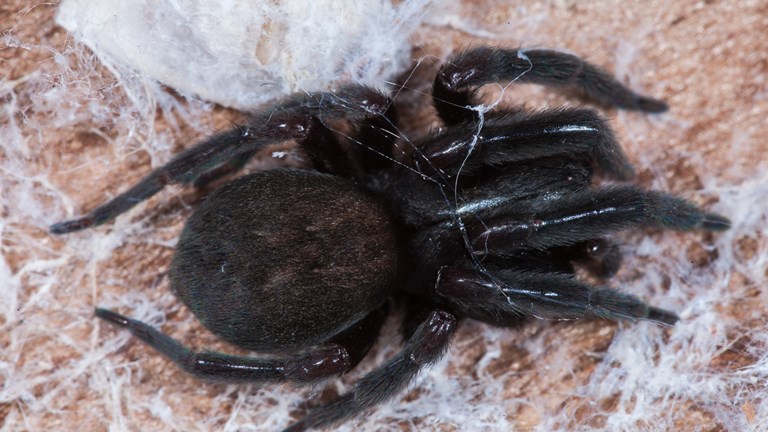Nemo found: new species of dancing peacock spider named
Meet the newest member of the colourful dancing peacock spider clan, Maratus nemo.
It’s only about the size of a grain of rice, but this little guy is sure to make a big splash in the colourful world of peacock spiders.
The aptly named Maratus nemo is the latest species to be described by Museums Victoria arachnologist Joseph Schubert—in a new paper published in Evolutionary Systematics.
‘It has a really vibrant orange face with white stripes on it, which kind of looks like a clown fish, so I thought Nemo would be a really suitable name for it,’ says Joseph.
And just like its famous namesake, from Finding Nemo (the animated Pixar film), it took a group effort to find this spider.
Wetland wanderer
Discovered by a citizen scientist in Mount Gambier, Nemo first caught Joseph’s eye on a peacock spider appreciation page on Facebook.
‘Sheryl Holliday, who's an ecological field officer for Nature Glenelg Trust, posted a couple of photos of some spiders to identify and I came across them and I thought, “Oh, wow that looks like it might be a new species” so I got in contact with her and she ended up sending me some specimens,’ says Joseph.
Sheryl says she knew the spider was something different from the moment she found it.
‘He had a plain back but his orangey-red face is what stood out and I hadn’t seen anything like it before, so I knew it had to be a new one,’ she says.
Sheryl originally suggested a different name for the new species, but says Nemo is perfect.
‘Especially the fact that I was doing some fish sampling out at Mount Burr Swamp where I found them, it just fits.
‘I’ve only ever seen them on a plant above the water,’ she says.
Peacock spiders belong to the genus Maratus, which has come to prominence in the last decade due to the male’s vibrant colours and ‘dancing’ displays—and Nemo is no different.
‘I got the specimens in the post actually and then I took a whole bunch of photos of them while they were alive and documented the courtship display of the male,’ says Joseph.
‘I preserved them in ethanol and brought them back to the lab and I studied the features which made them different from other spiders.
‘Generally the behaviour will be different between each species although we use other characteristics like the patterns of the male to determine different species from each other.’
To date there are now 92 species of peacock spider—up from just 15 in 2011.
‘A bit of an obsession’
Joseph may be just 23 years old, but he’s already made a big name for himself in the micro world of jumping spiders.
He found his first peacock spider in 2016 and hasn’t slowed down since.
‘I've described 13 species of peacock spiders and five species of their cousins Jotus, which is another genus of jumping spider,’ he says.
Seven of those new peacock spiders came in 2020 alone.
Joseph even has a peacock spider tattoo on his arm.
‘I think Peacock spiders have captured the public's attention just because they’re really, really cute for spiders—they’ve got these massive forward-facing eyes and you can relate to them a lot more than you can to a Huntsman for example.
‘I used to be terrified of spiders and I will admit that I would probably still be a little bit scared if I came across a Huntsman or something by surprise, but I can really I can rationalise it now.
‘At one stage in high school I got a pet tarantula, and at this point I was still terrified of spiders, but then I just got increasingly interested in them...it just became a bit of an obsession.’Joseph Schubert
Despite being a world-leader in peacock spider research, Joseph is yet to finish his university studies.
‘I'm doing my honours degree at the moment and after that I probably want to progress to a PhD and then continue studying from there.’
On the hunt
Joseph is a taxonomist—a scientist who describes new species of animals.
Part of the reason he’s so enthusiastic about documenting new species, like Maratus nemo, is because they may not always be around.
Fire, pesticides and habitat loss are major threats to many Australian animals, including the peacock spider.
‘Roughly only 30 per cent of Australia's biodiversity has being formally documented scientifically, so this means that we could be losing species before we even know that they exist,’ says Joseph.
‘Taxonomy allows us to have a baseline understanding of our biodiversity.’
And, he says, that’s why it is so vital for the public to be on the lookout for these colourful critters.
‘It's really important that citizen scientists get out there and are looking for things because scientists like myself can't be everywhere at once in Australia, especially during covid.
‘I'm spending a lot more time in the lab than I usually would and I’m not able to do as much field work as usual.’
In the case of Maratus nemo though, Sheryl says the species appears to be quite widespread.
‘I’ve seen about 40 individuals all up at three different locations…I’m sure there would be more in the south east of South Australia and in western Victoria as well.’
Sheryl says she was bitten by the peacock spider bug several years ago, when they first started appearing on social media.
‘Every time I’m out in the field I’m constantly looking for spiders…and they just find me too I think,’ she says.
‘I just can’t turn it off because they are everywhere, like you’ll see them in leaf litter and bark under a gum tree or open grasslands or even on the beach in the sand.
‘I’m sure there are more species out there to find.’
So, who knows—you could be the next person to find something like Maratus nemo.

